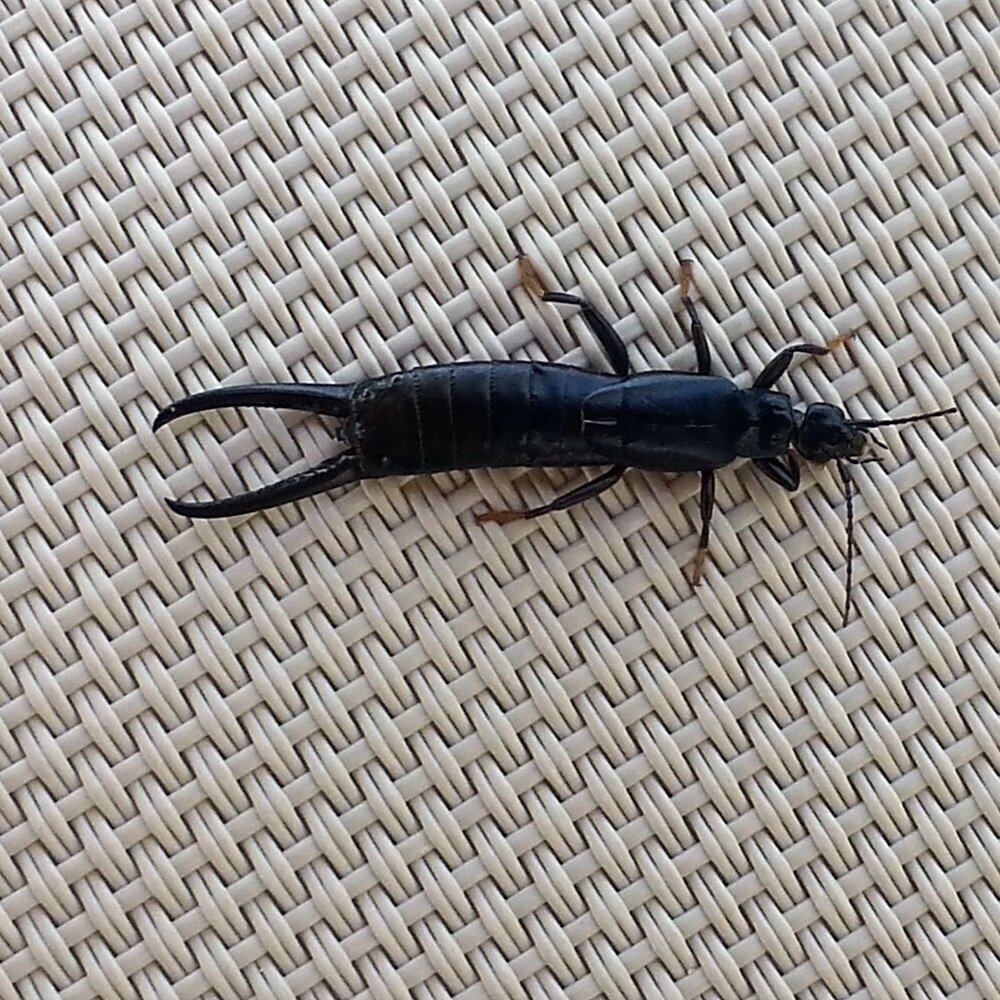Earwigs and How to Get Rid of Them
Photo by Greg Rothschild Photography
The presence of pests and insects in the house is terrifying for a homeowner. They not only harm the house belongings but also indicate that there is some underlying problem that needs fixing. Earwigs are one such pest that homeowners don’t want in their house due to their frightening appearance and fearsome reputation.
What they are
Earwigs or pincher bugs are slender, reddish-brown to black insects with two long forceps or pincers protruding at the end of their body. Ranging from ½ to 1 ¼ inch in length, they have flat bodies, six legs, and a pair of antennae. Earwigs also have two pairs of wings, but not all of their species can fly, and even those who do only do so in short spurts.
Old myths
Earwigs get their name from an old European myth claiming the insect can climb inside a person's ear and either live there or feed on their brain. That makes them terrifying to many homeowners. But the fact is earwigs are relatively harmless. They don’t bite but can pinch if they feel threatened or startled. While their pinch is painless, it can leave a small bruise or welt. Earwigs are not known to spread bacteria or any other harmful disease and are also not venomous. They don’t inflict structural damage and are not dangerous.
Habitat
Earwigs are nocturnal and prefer warm, damp, and dark areas. They are most commonly found in large numbers under the thin layers of topsoil in the garden. A large population of earwigs in the garden can damage flowers, fruits, and vegetables. Some of the other hiding places include under flower pots, woodpile, mulch, rotting plant materials, rock, and crawl spaces. Earwigs are most likely to be found in late spring and early summer. They are also attracted to lights and can be a nuisance during summer evenings on patios and porches. Earwigs enter your home through cracks in walls due to extended dry periods outside and hide in damp and wet areas in kitchens, garages, bathrooms, and basements.
Earwigs are omnivores and feed on plants, berries, flowers fleas, mites, lichen, algae, mosses, insect eggs, and oily, greasy, or sweet food inside the home. They also like materials that are a source of cellulose. An area in your home that is cool and dark and has old boxes, books, or papers will make an ideal habitat for earwigs.
How to get rid of Earwigs
Even though harmless, no homeowner wants these creepy insects in their home. The best way to prevent their infestation is to make your home less inviting to them. Follow good hygiene and sanitation practices in and around your house. Remove excessive mulch and ornamental stones and keep the grass mowed, Also, remove leaves, litter, and organic debris from outdoors. Seal cracks and holes in your house with caulk to prevent their structural entry. Also, fix leaking faucets or drains to avoid moisture build-up. Clean cement floors to avoid creating an ideal living environment for earwigs.
Get monthly, bi-monthly, quarterly, bi-annually, and seasonal pest control services across Phoenix Valley with Russell Pest Control. We offer environmentally-friendly pest control solutions for fleas and ticks, mosquitoes and flies, rodents, mice, and rats, and weed control. Our team has all required state licenses and stay updated with all industry advancements. Connect with us for more information.

